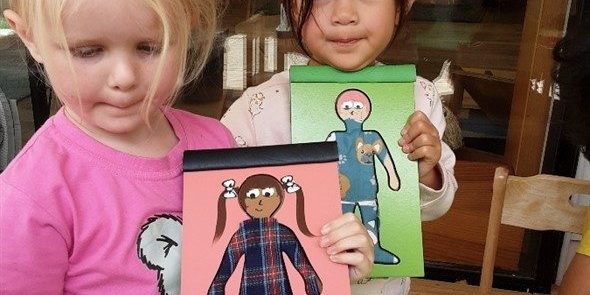Whether your child becomes an artist or maestro, encouraging creative art activities are transformative in shaping young minds.
Creative arts encompass a wide range of activities including visual arts (drawing, painting, sculpture), performing arts (dance, music) and literary arts (writing, poetry). These mediums offer avenues for self-expression, imagination and skill development. Here are some of the many ways creative arts can have profound effects on child development in various ways:
Cognitive development: Creative arts stimulate cognitive functions such as problem-solving, critical thinking and imagination. For example, when a child is painting, they make decisions about colours, shapes, and composition, which enhances their cognitive abilities.
Emotional development: Through creative expression, children learn to identify and regulate their emotions. Art allows them to express feelings that may be difficult to articulate verbally. It provides a safe space for exploring and processing emotions, fostering emotional intelligence and resilience.
Social development: Participating in group artistic activities such as drama or collaborative art projects encourages teamwork, communication and cooperation. Children learn to share ideas, negotiate, and compromise, building essential social skills.
Motor skills: Engaging in hands-on artistic activities improves fine motor skills and hand-eye coordination. Whether it’s holding a paintbrush, manipulating clay, or playing a musical instrument, these activities help develop dexterity and control.
Language development: Literary arts like storytelling, poetry, and creative writing promote language development by expanding vocabulary, enhancing grammar skills, and encouraging narrative comprehension. Moreover, discussing artwork or performances fosters communication skills and encourages articulate expression.
Self-expression and identity formation: Creative arts provide a platform for self-expression and identity exploration. Children learn to express their unique perspectives, preferences, and experiences through their artistic endeavours, fostering a sense of autonomy and self-confidence.
Cultural awareness and appreciation: Exposure to various forms of art exposes children to diverse cultural perspectives, traditions, and histories. This cultivates empathy, tolerance, and appreciation for different cultures, fostering a more inclusive worldview.
Creative problem-solving: Engaging in creative arts encourages divergent thinking and innovative problem-solving skills. Through experimentation and exploration, children learn to approach challenges with creativity and adaptability, valuable skills for success in various aspects of life.
To conclude
No doubt encouraging participation in the creative arts in early childhood lays a solid foundation for lifelong learning.
To further explore and support your child’s development at Nature’s Point, we encourage parents to regularly review learning stories or talk to one of our educators about how we foster creativity and holistic growth through our learning programme.




